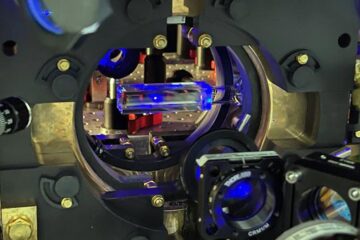Latest News

Toward better solar cells: Chemists gain control of light-harvesting paths
“This gives us a new way of studying light-matter interactions,” said Valeria Kleiman, a UF associate professor of chemistry. “It enables us to study not just…

Women with breast cancer have low vitamin D levels
Women with breast cancer should be given high doses of vitamin D because a majority of them are likely to have low levels of vitamin D, which could contribute…

Alpha-Magnetometer – Robust, reliable and simple laser magnetometer for biological fields
The measurement of biological magnetic fields relies mostly on SQUID technology. However, the high level of running cost (for cooling) and the complex…

Fibre laser quietly revolutionizes the world
Its advantages are obvious: due to the fibre design the beam quality is close to perfect, hence best possible focus ability even with very long operating…

Simple communication via Ethernet in RFID applications using TCP/IP
The primary application areas of the Simatic RF182C module are in machine building, conveyor systems, assembly lines in the automotive and supplier industries…

DASGIP launches World's First Bioreactor on the iPhone
The company is premiering its Remote Control Suite at the Biotechnica, which is being held on October 6-8 in Hanover, Germany. Visitors can use an iPhone, iPod…











